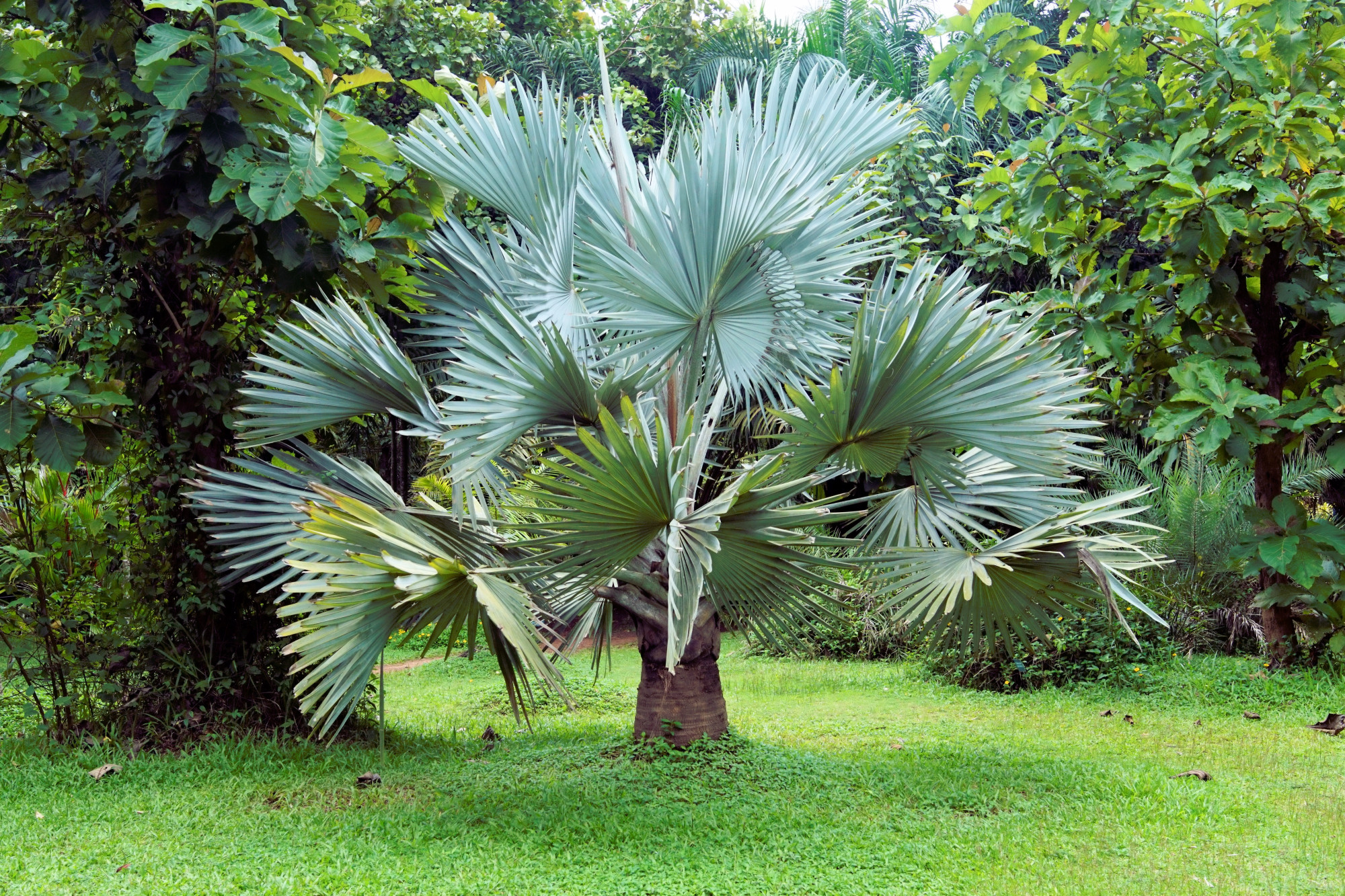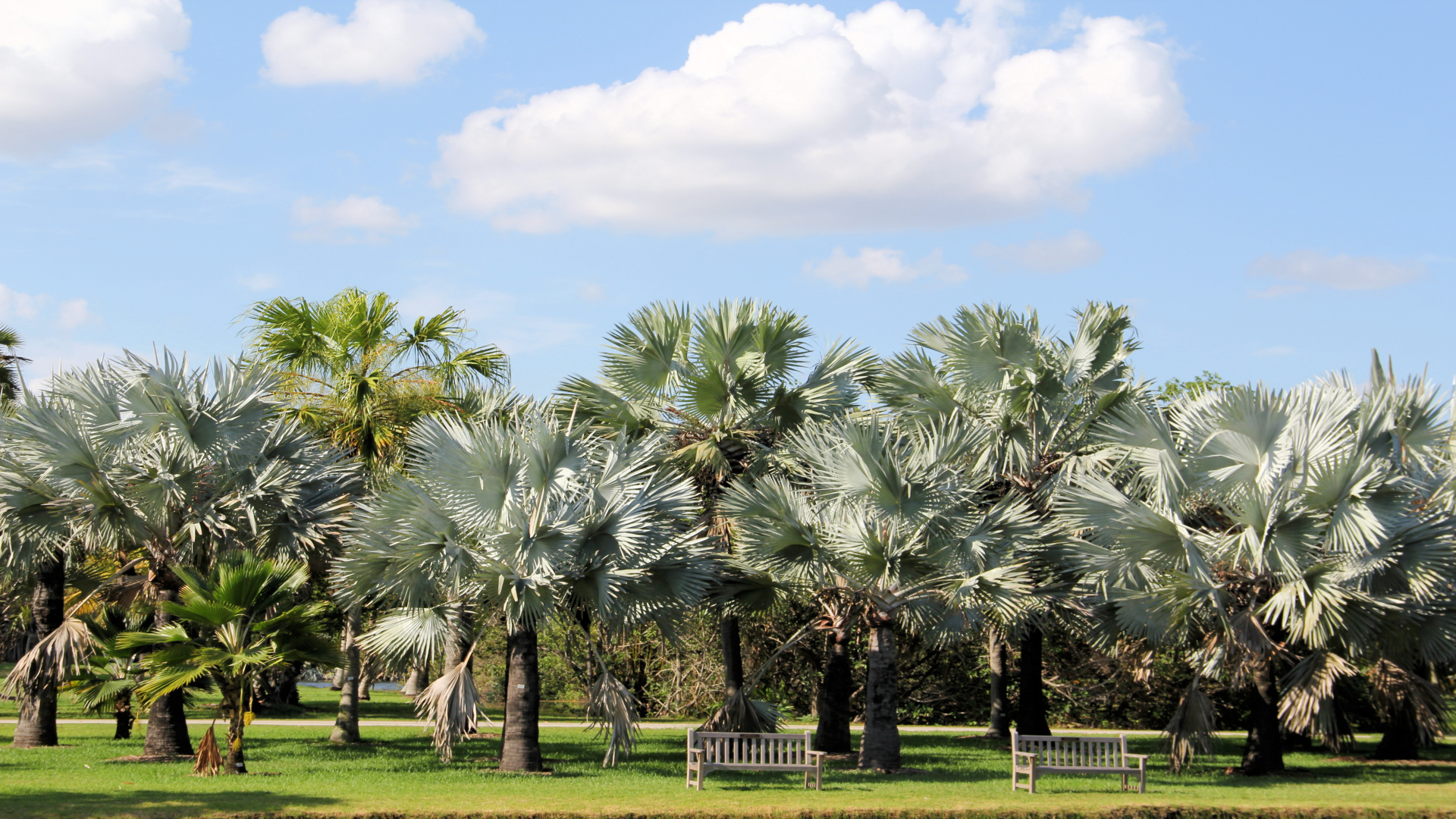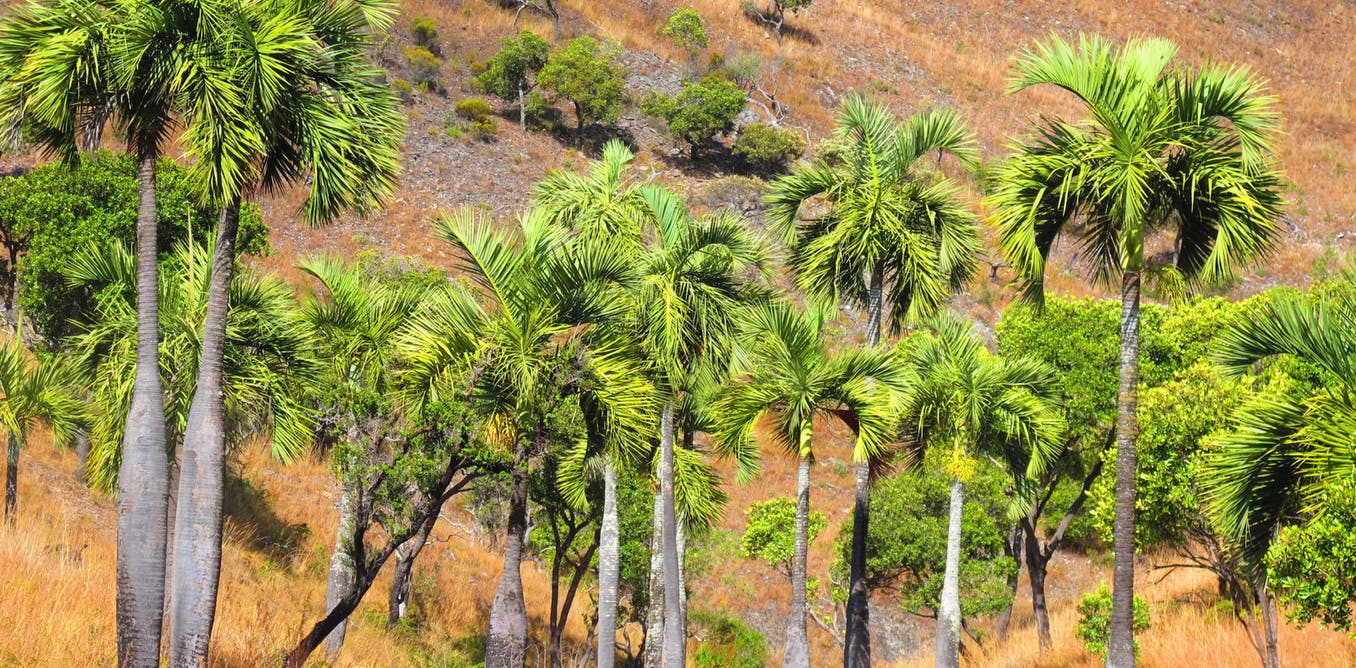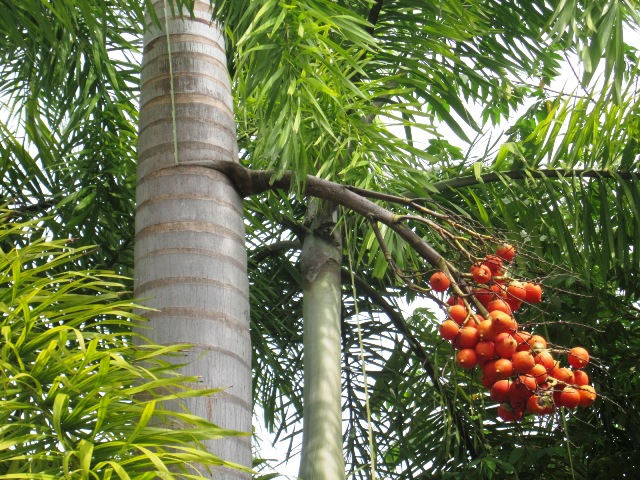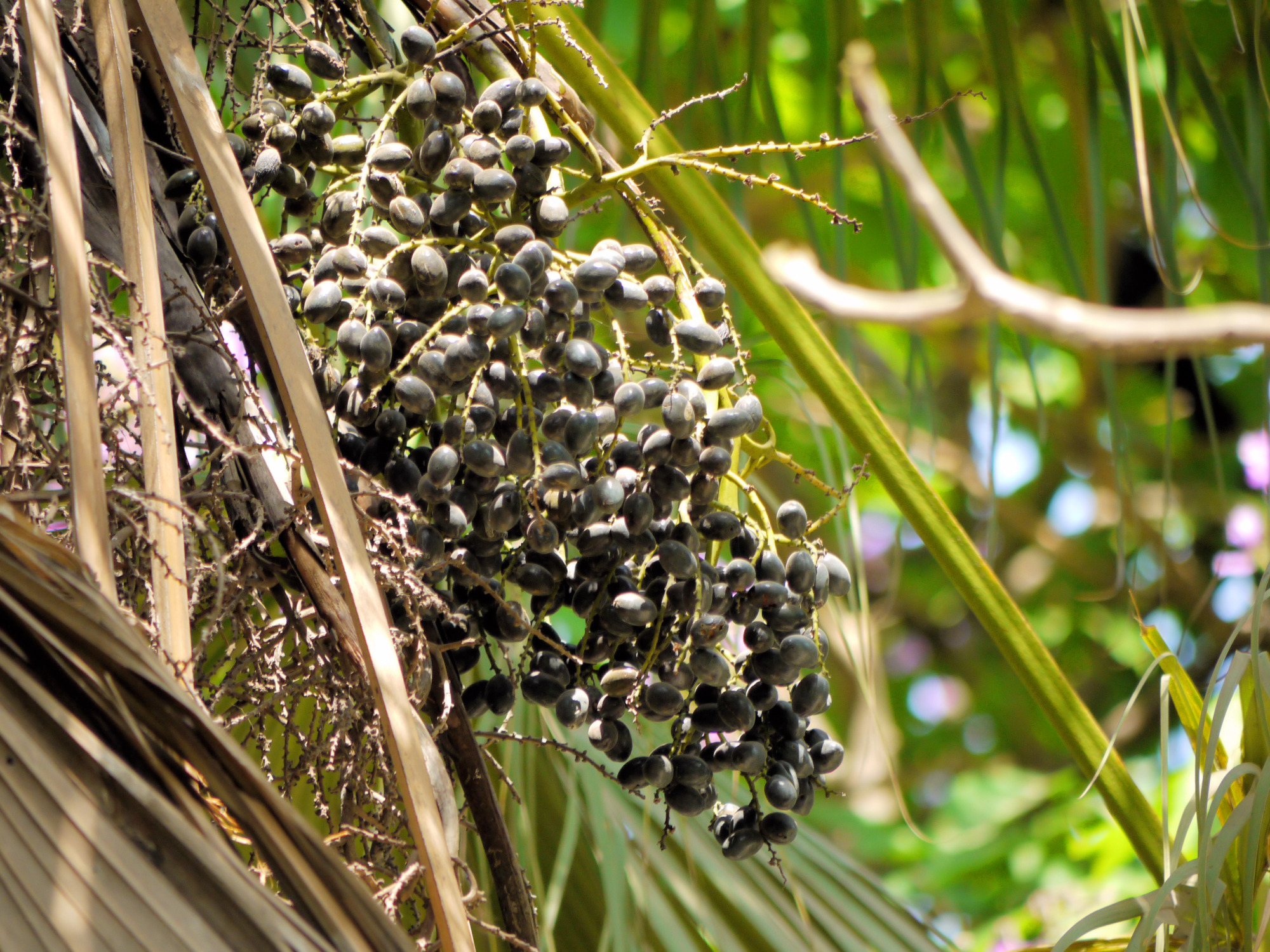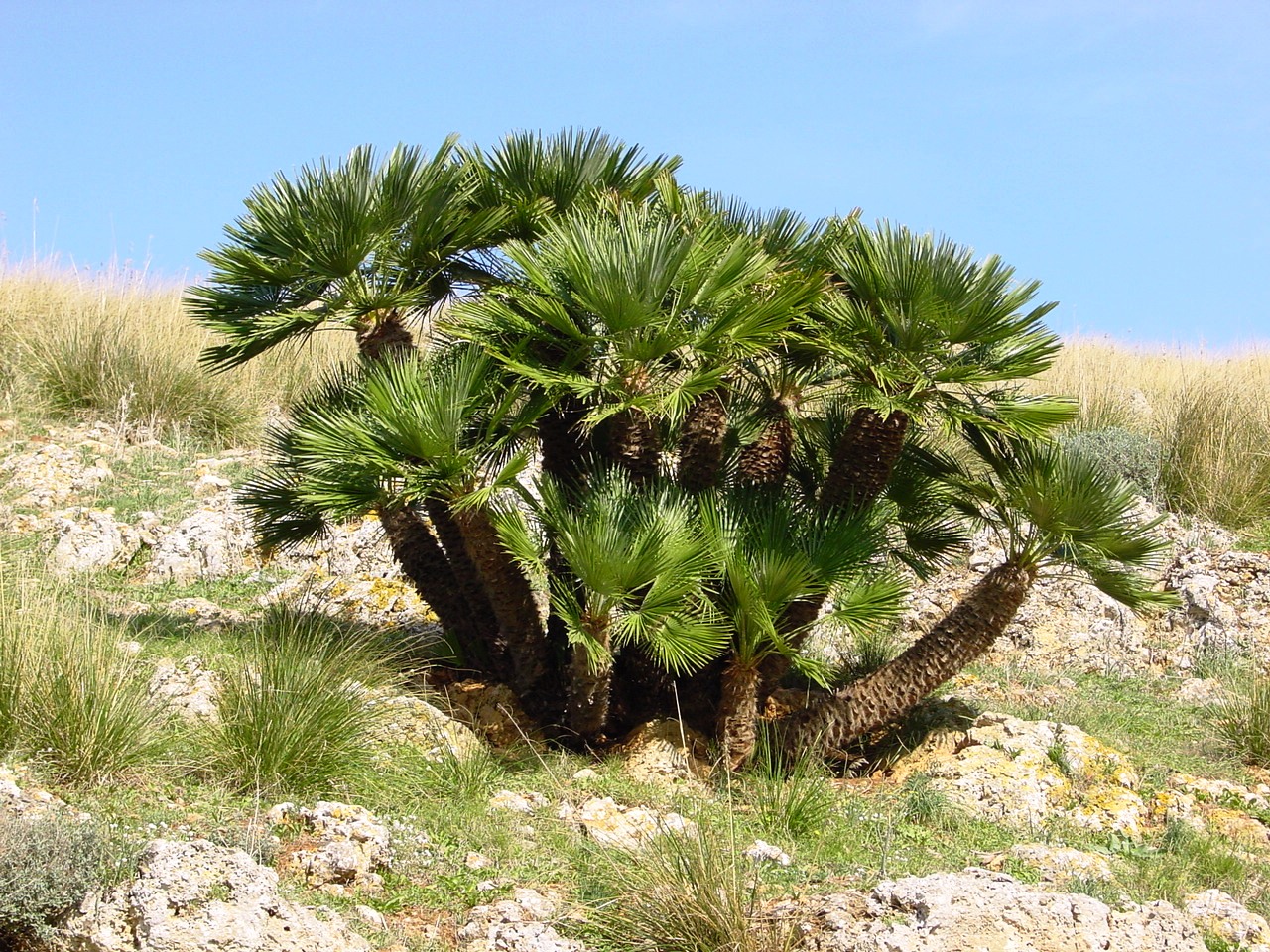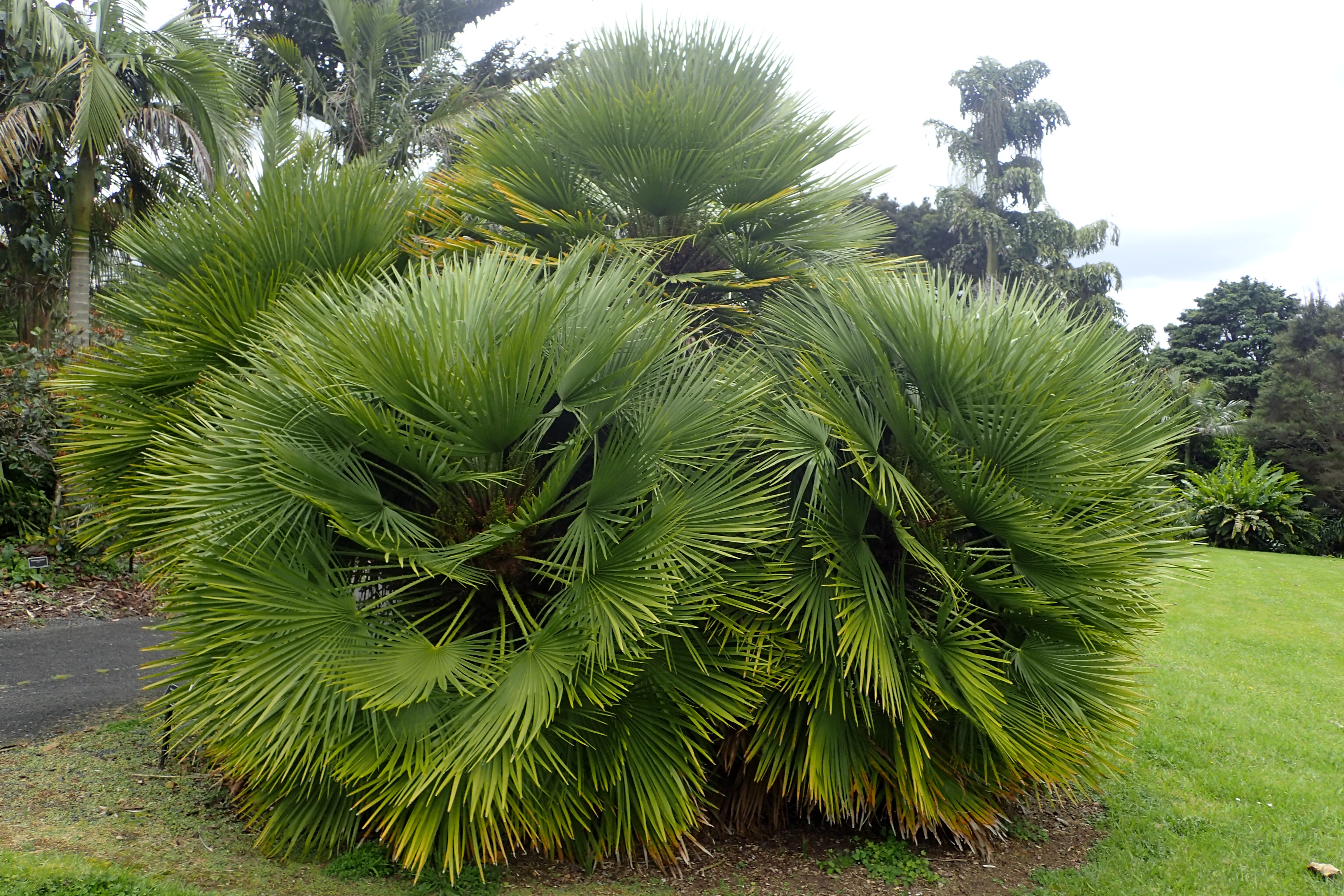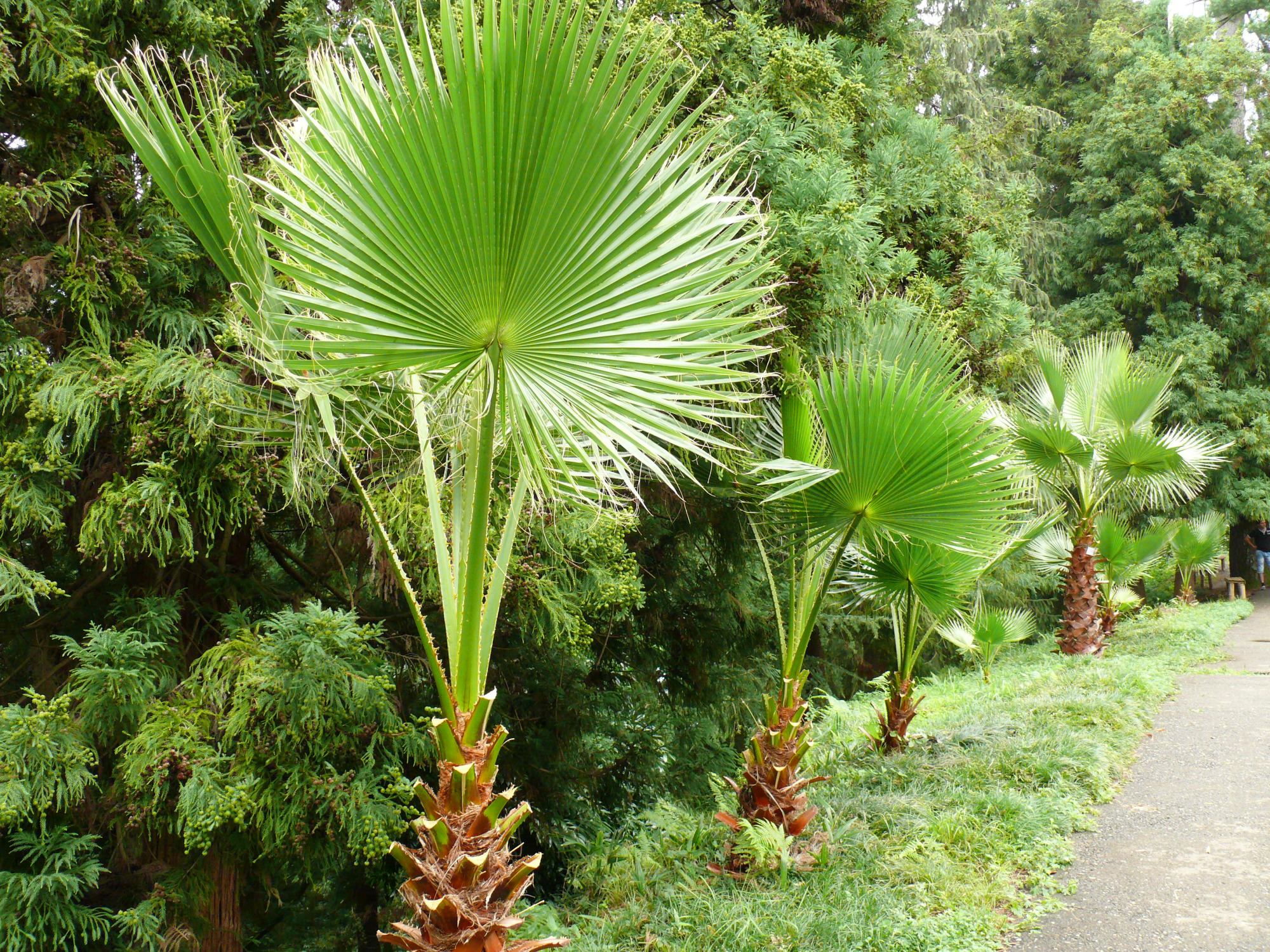Leipzig Palms Cultivating Hyophorbe Lagenicaulis Bottle Palms
Since last year Leipzig Palms cultivating new palm species who are also great indoor plants. In Germany or Europe they can grow also outdoors from spring to autumn. Some of them even can withstand light frost. The new palms and details will be published until the end of the year. Of course you can order the young plants at the best price on our pages. Orders by eMail are also possible and a complete new shop will come still this year! http://www.lepalms.shop
Hyophorbe lagenicaulis, the bottle palm or palmiste gargoulette, is a species of flowering plant in the Arecaceae family. It is native to Round Island, Mauritius.
Bottle palm has a large swollen (sometimes bizarrely so) trunk. It is a myth that the trunk is a means by which the palm stores water. Bottle palms have only four to six leaves open at any time. The leaves of young palms have a red or orange tint, but a deep green is assumed at maturity. The flowers of the palm arise from under the crownshaft.
This species is often confused with its relative, the Spindle Palm, which also has a swollen trunk. However the Spindle palm’s trunk swells in the middle (resembling the shape of a spindle), whereas the trunk of the Bottle palm swells from near the base and tapers further up. Its inflorescence branches in 4 orders, and its 2.5 cm fruits can be orange or black. The trunk of both species becomes more and more slender as the palm ages.
Within Mauritius, the only other extant Hyophorbe species is the common Hyophorbe vaughanii. The Bottle palm can be distinguished from this species however, by its swollen trunk when young; by its much smaller (2.5 cm) orange or black fruits; and by its inflorescence, which branches in four orders rather than three.
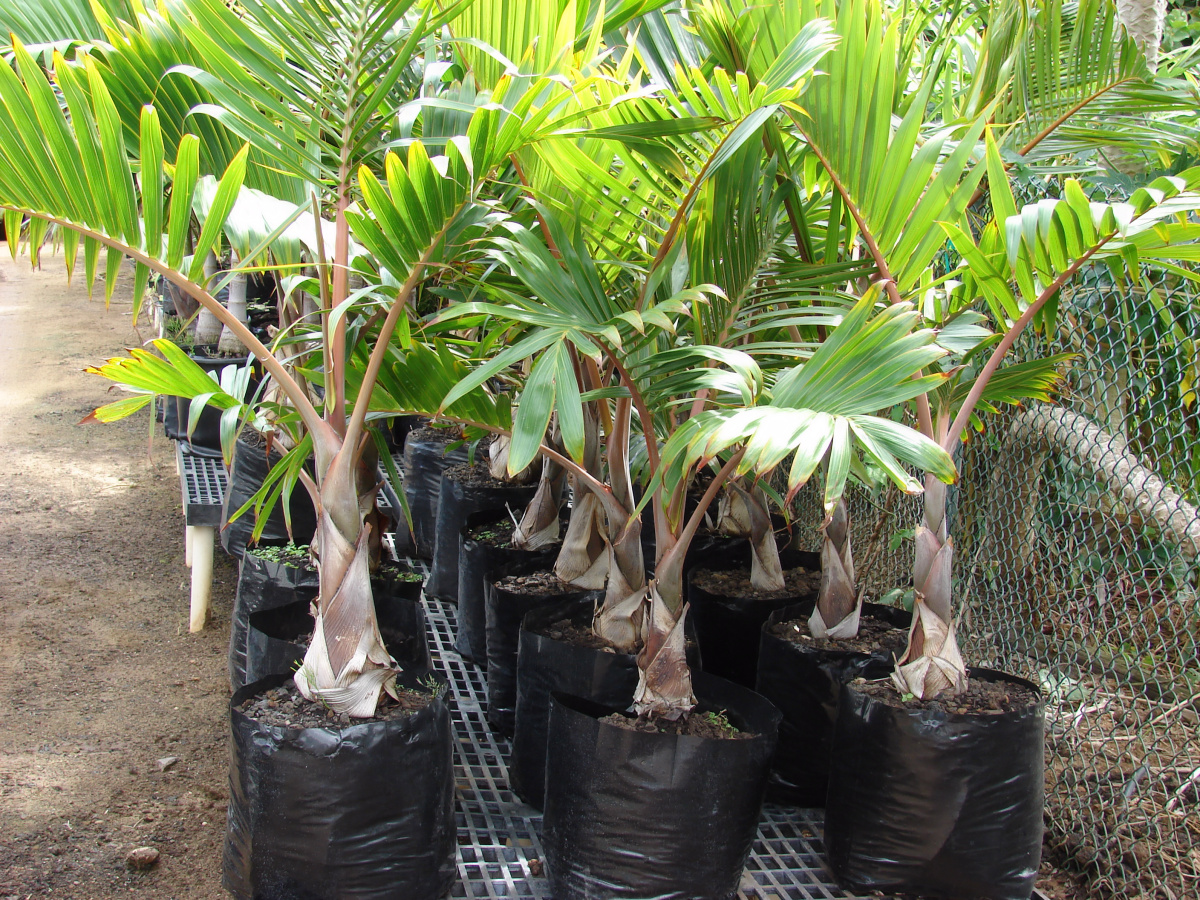
The bottle palm is naturally endemic to Round Island, off the coast of Mauritius. While habitat destruction may destroy the last remaining palms in the wild, the survival of the species is assured due to its ubiquitous planting throughout the tropics and subtropics as a specimen plant. It is one of three Hyophorbe species which naturally occur in Mauritius, and one of only two that are still extant.
Bottle palms are very cold sensitive and are killed at 0 °C (32 °F) or colder for any appreciable length of time. They may survive a brief, light frost, but will have foliage damage. Only southern Florida and Hawaii provide safe locations in the USA to grow Bottle Palm, although mature flowering specimens may be occasionally be seen in favored microclimates around Cape Canaveral and Tampa-St. Petersburg-Clearwater in coastal central Florida. It makes a fine container-grown palm in other locations as long as it is protected from the cold and not overwatered.
Source: Wikipedia
The future of agriculture is ecofarming, community farming, urban gardening, greening, aqua-, hydro- and permaculture! Greening Deserts projects like Leipzig Palms (LE Palms) and Urban Greening will also work in these fields and areas. If we finally get a place to start with the first Research and Greening Camp in Africa or MENA region and Europe we can start finally with all the important projects and research.
We need more environmental awareness and sustainability (sustainable living and work) in all fields or areas. We need to create a world of understanding, acceptance, respect, tolerance, compassion and consciousness. – Oliver Gediminas Caplikas


